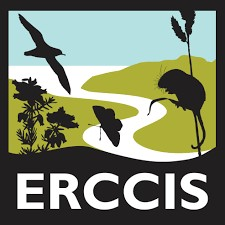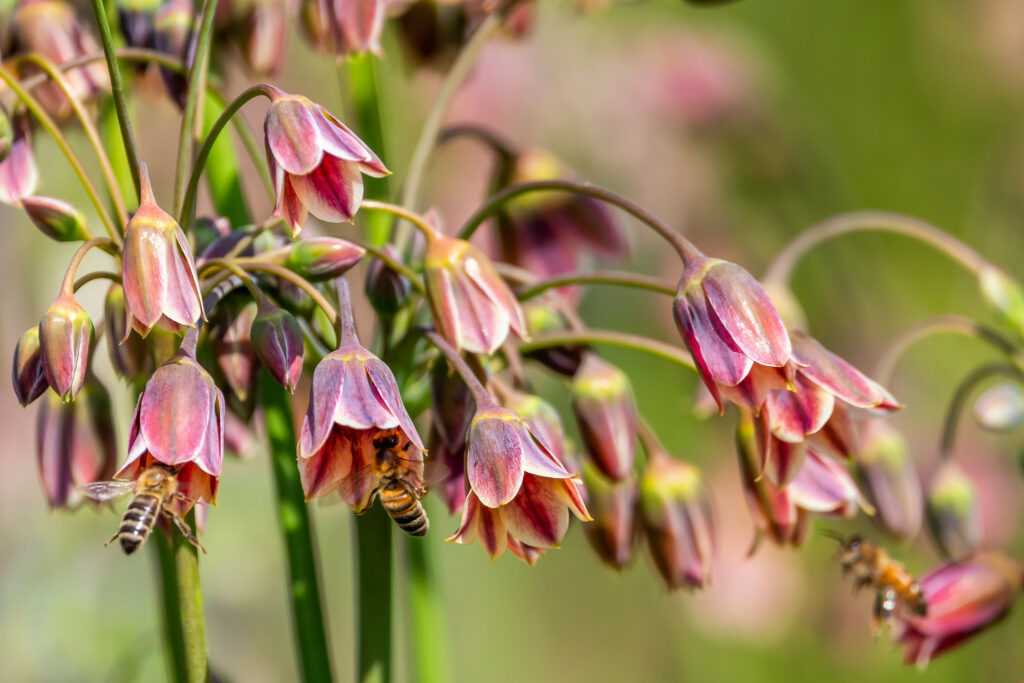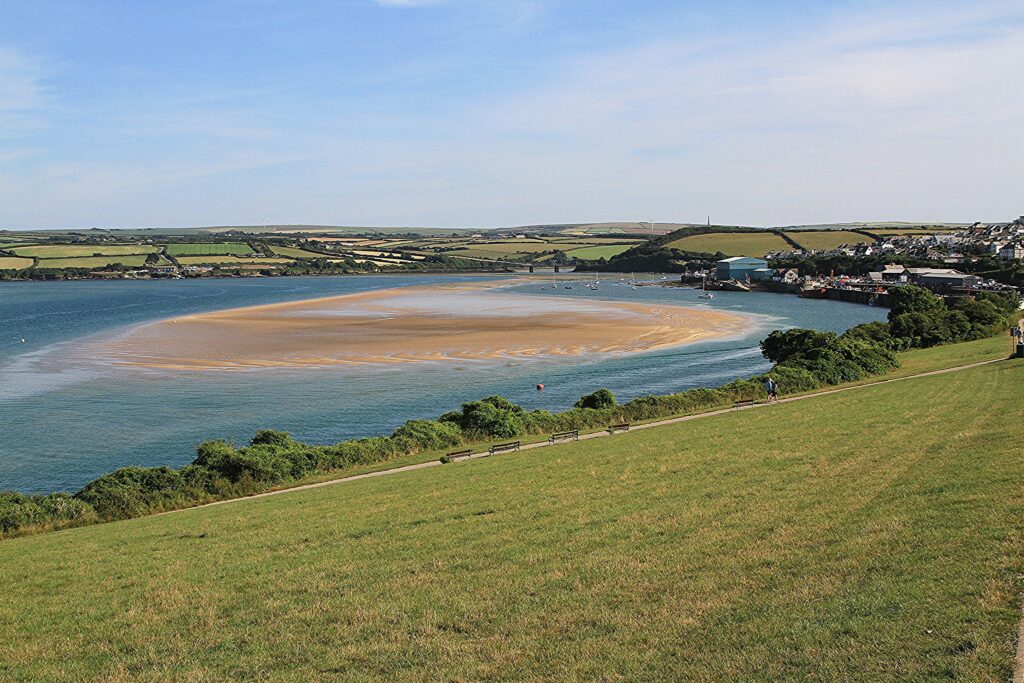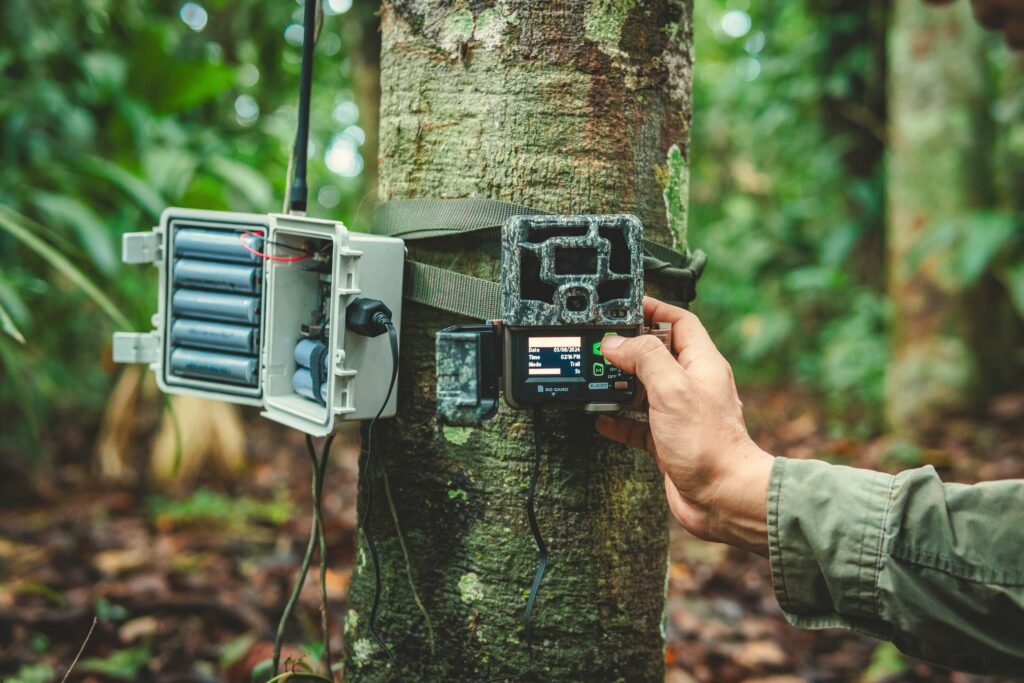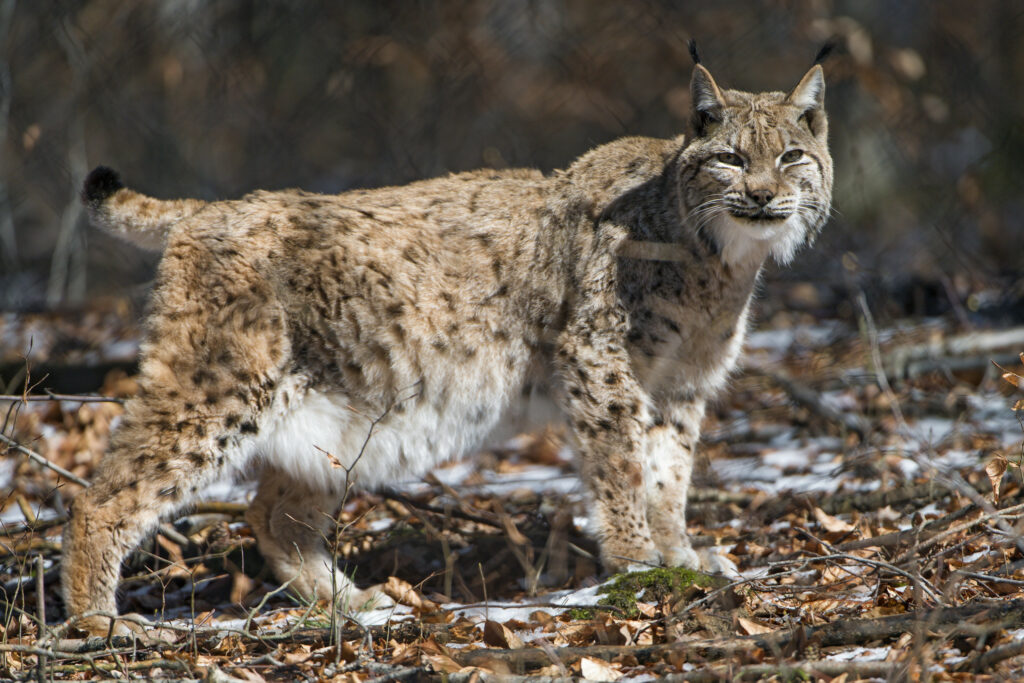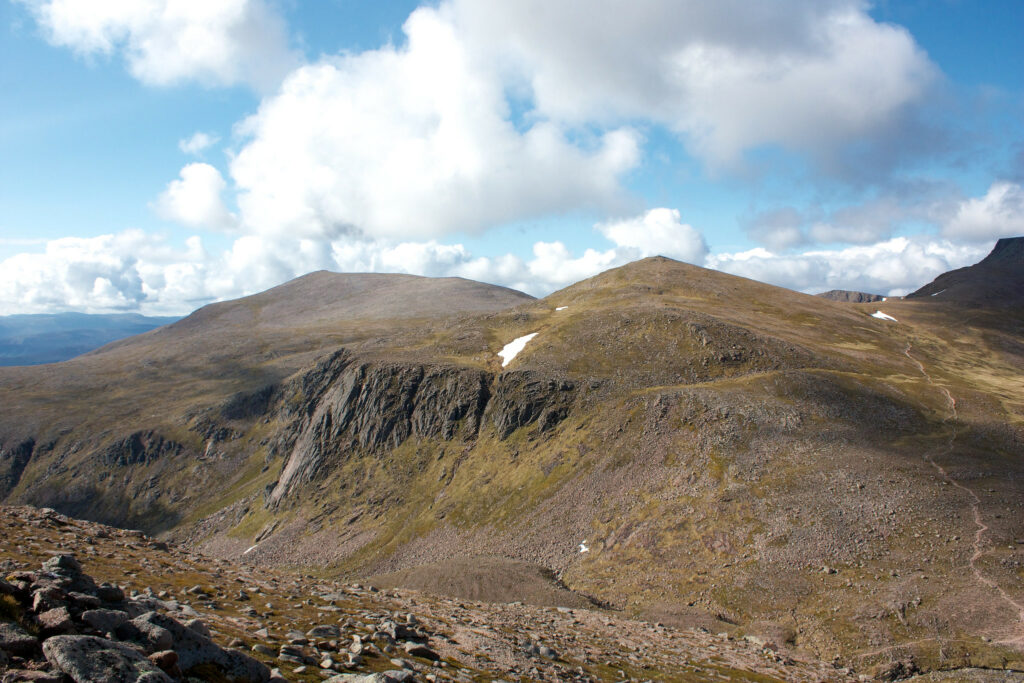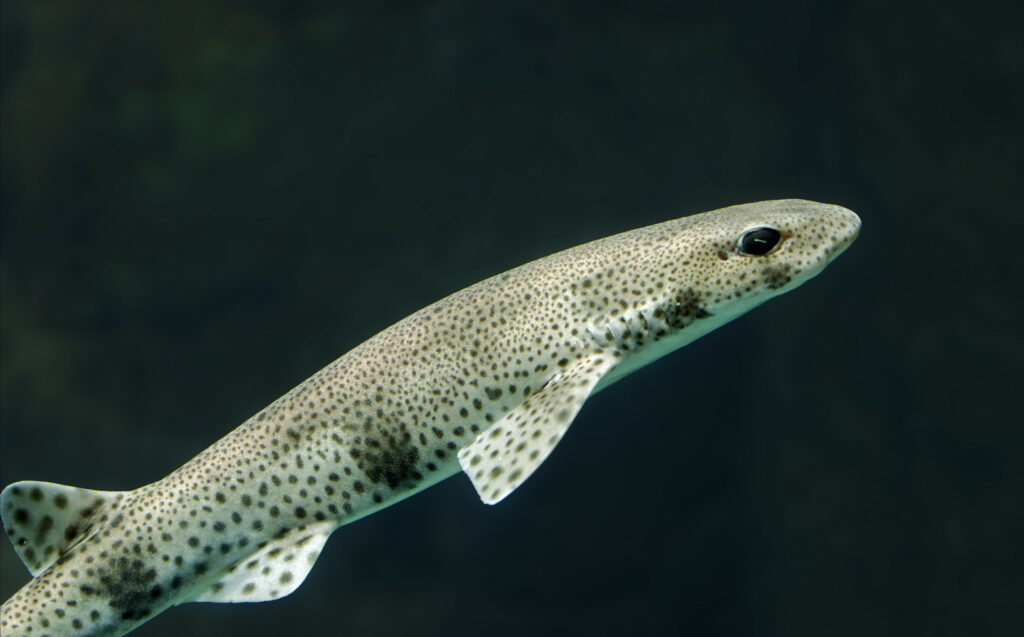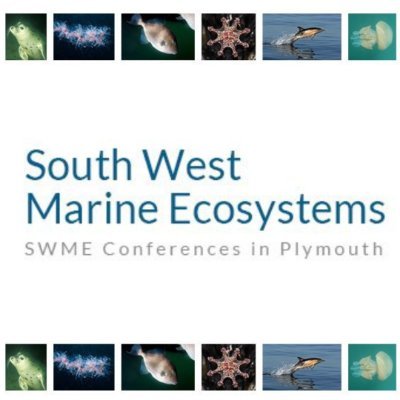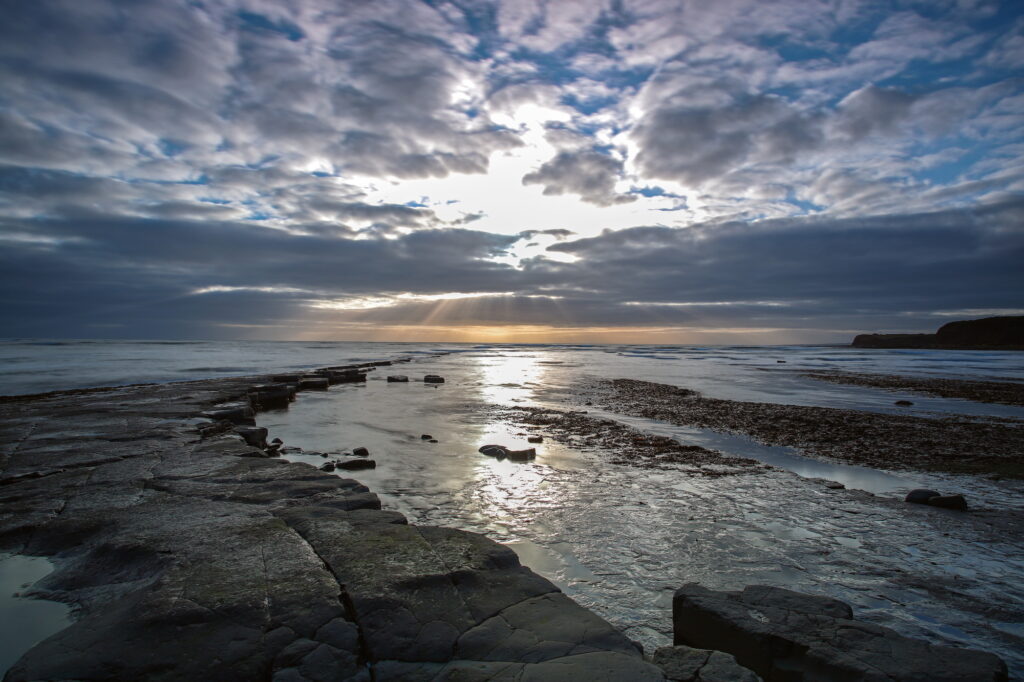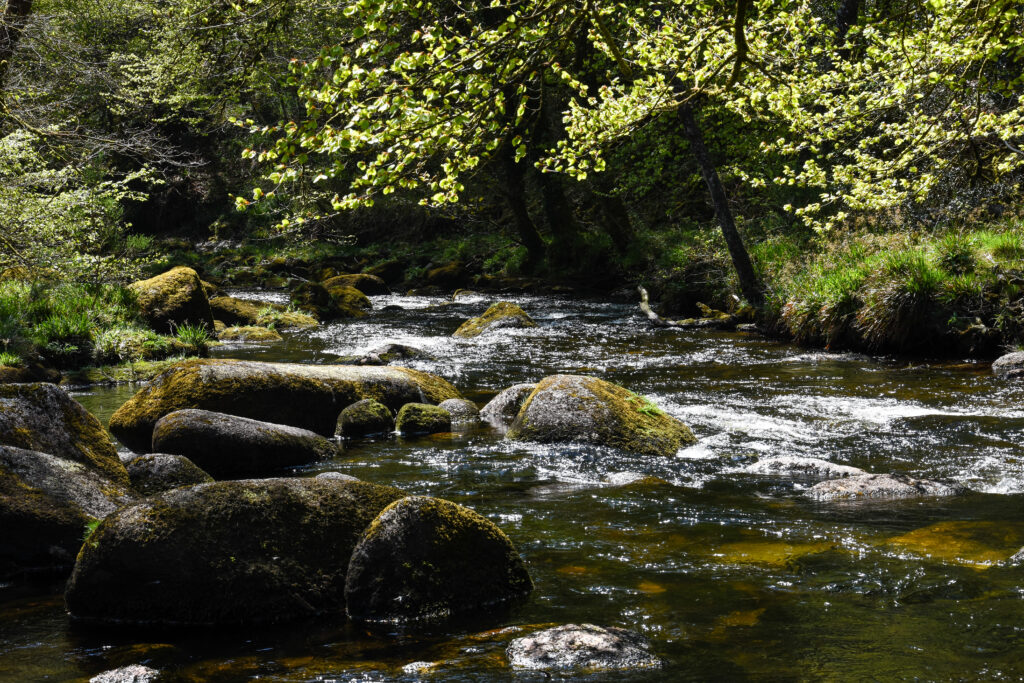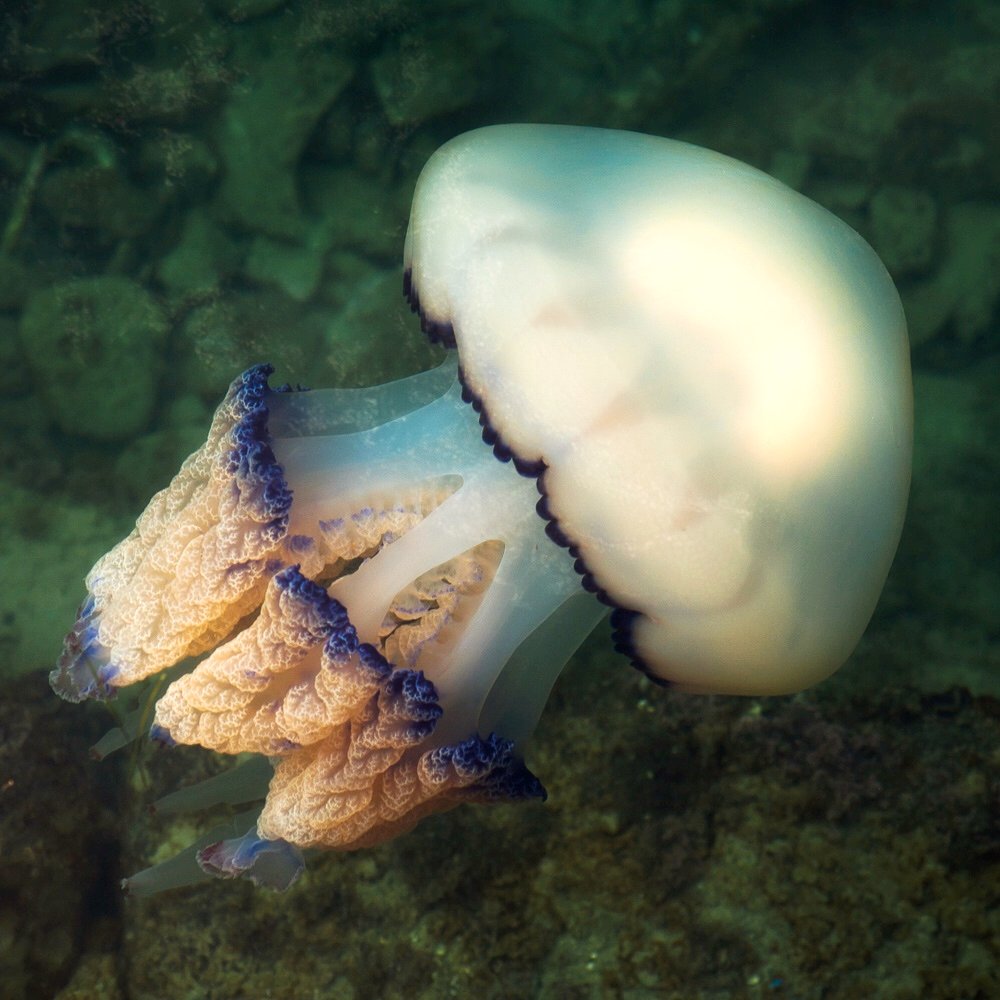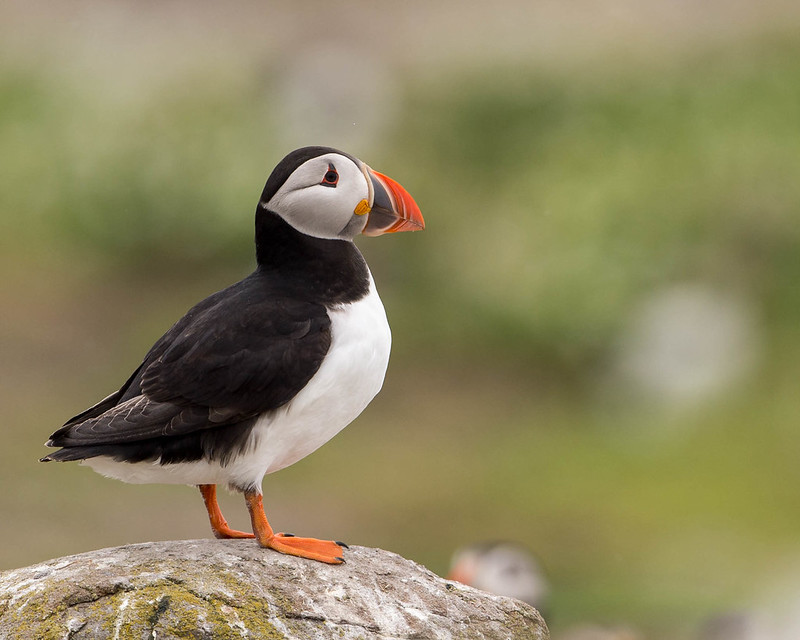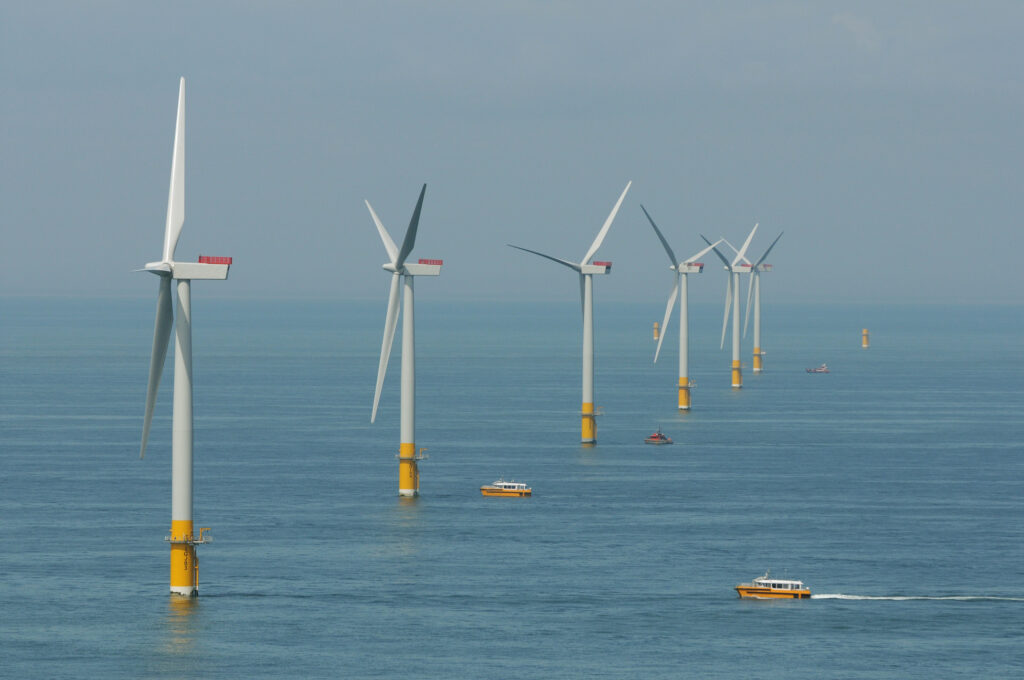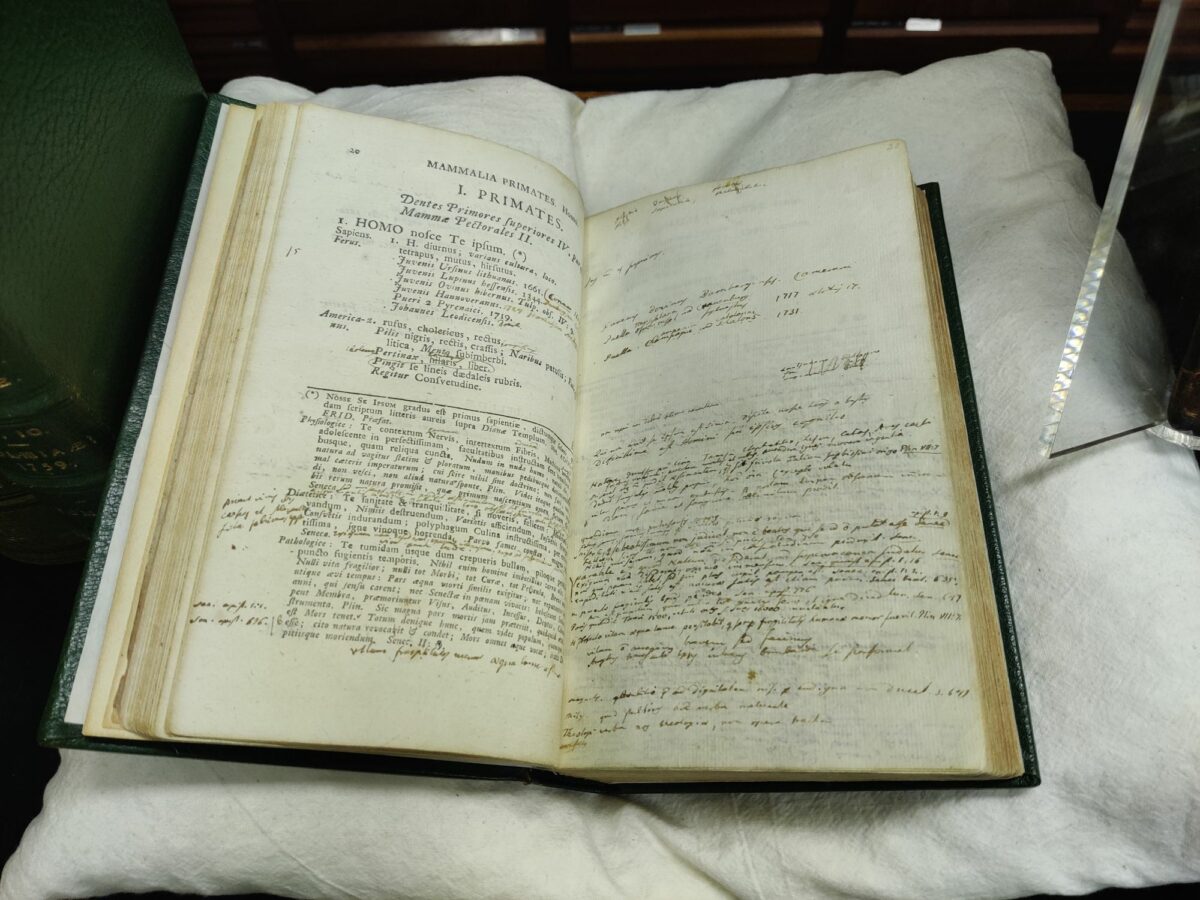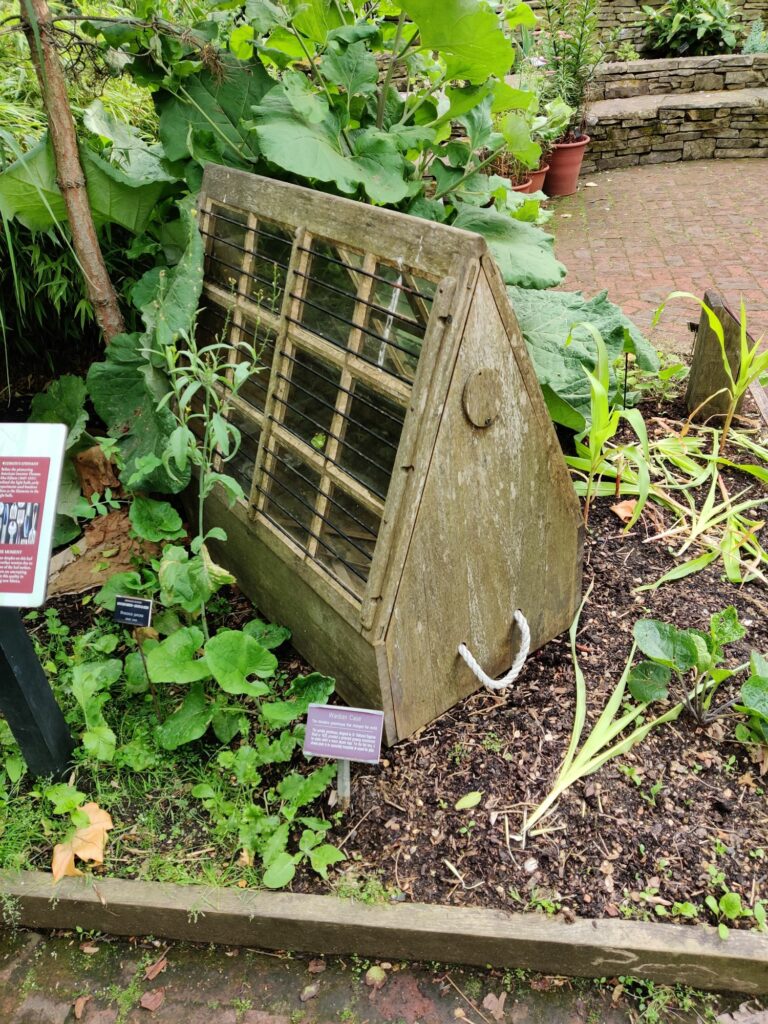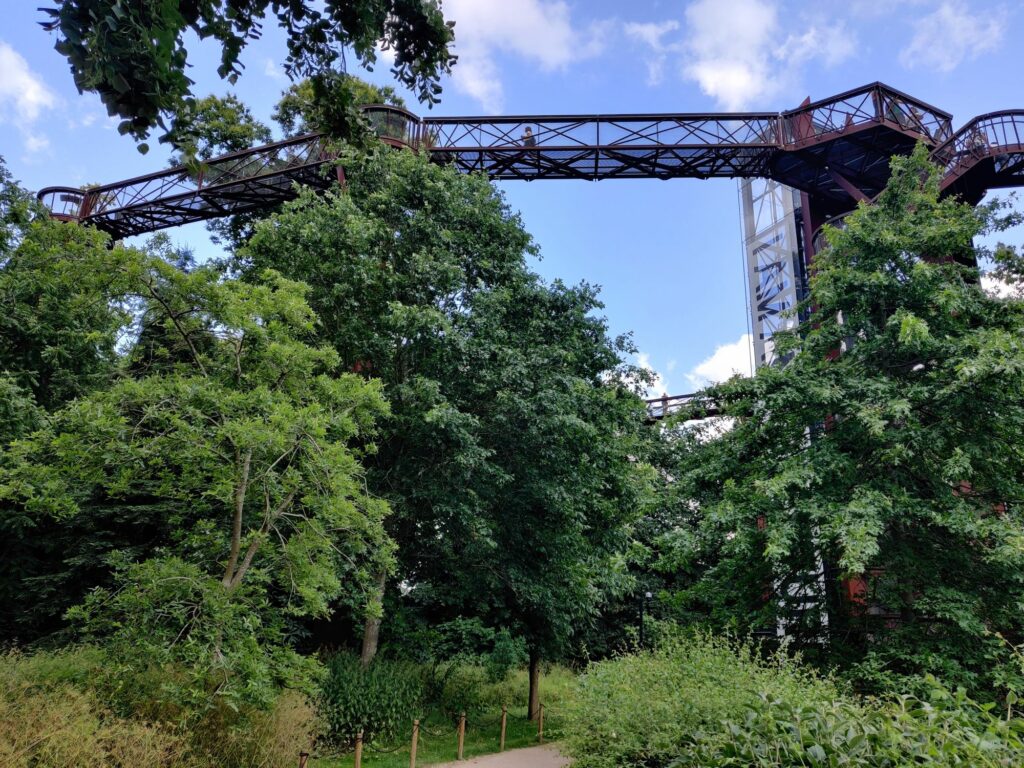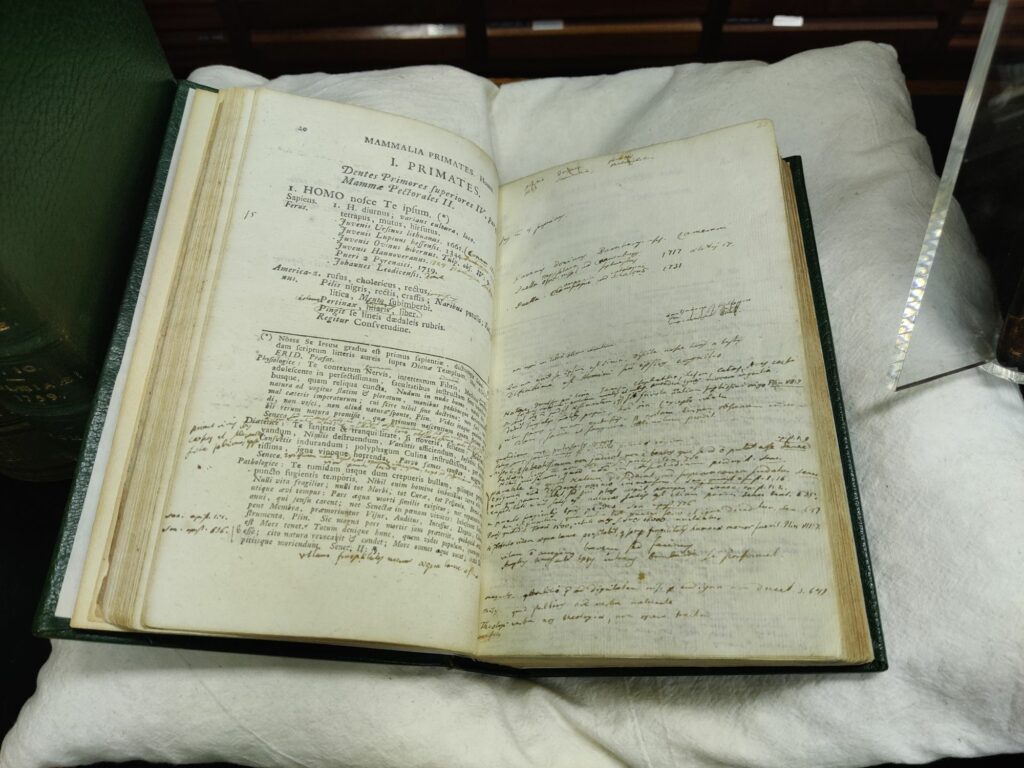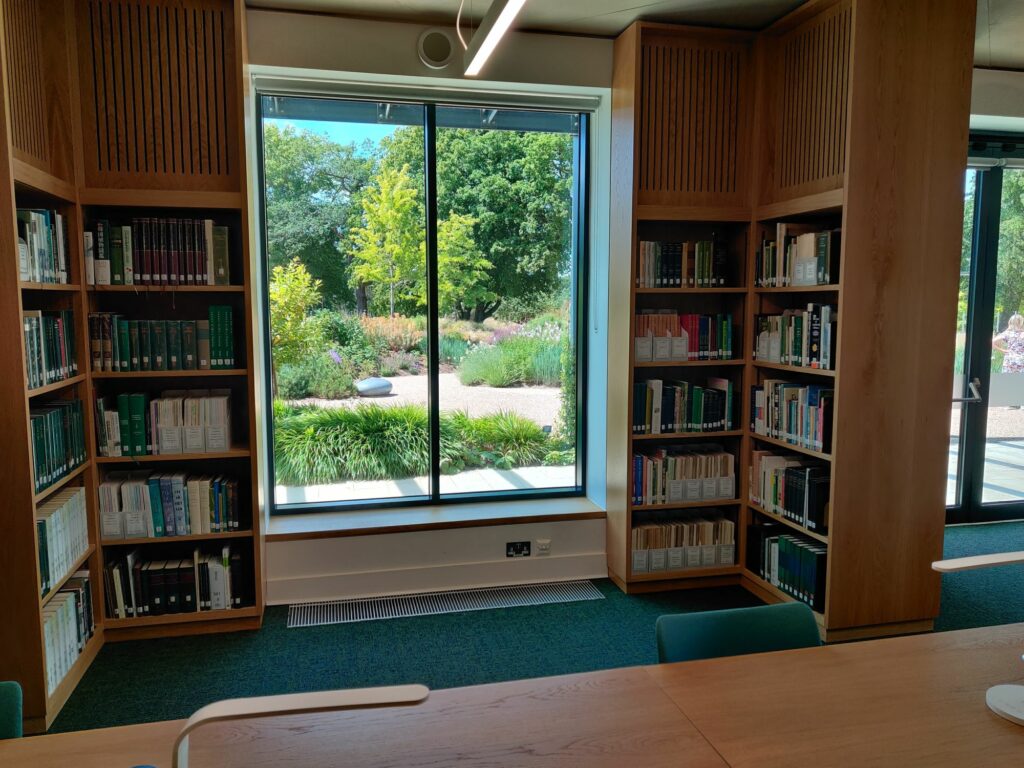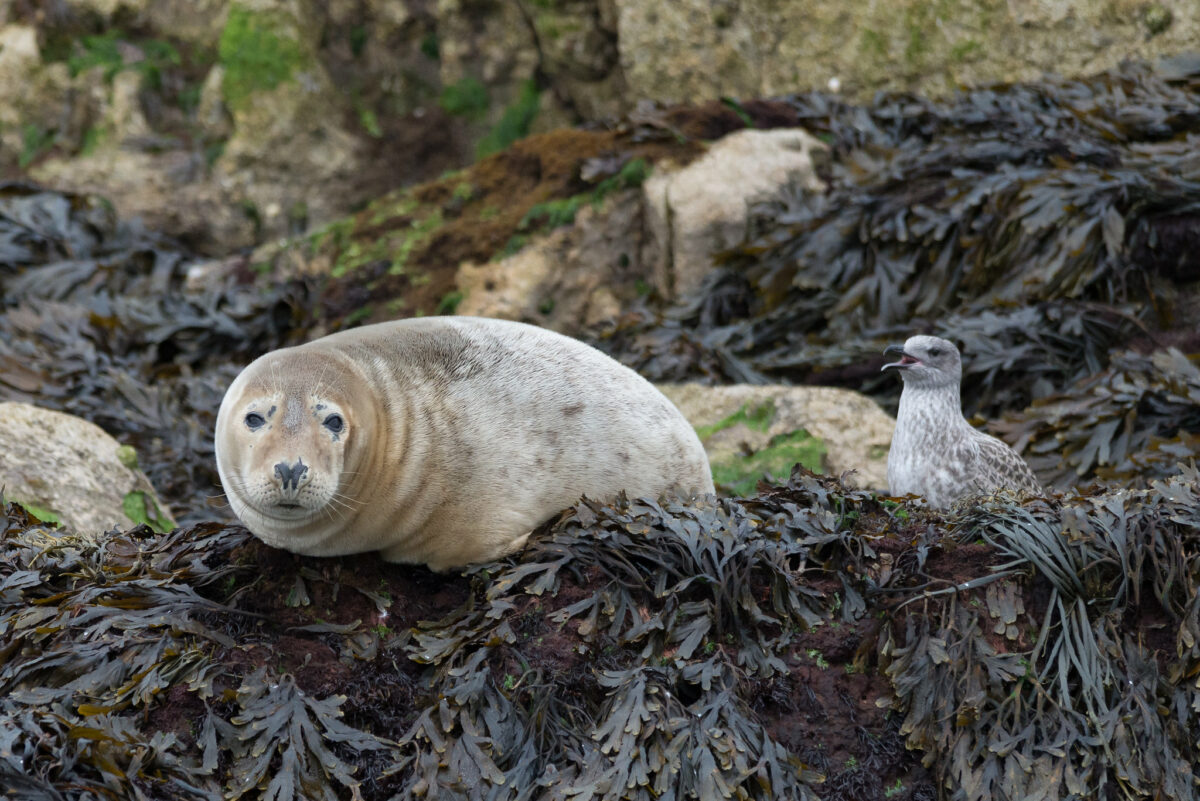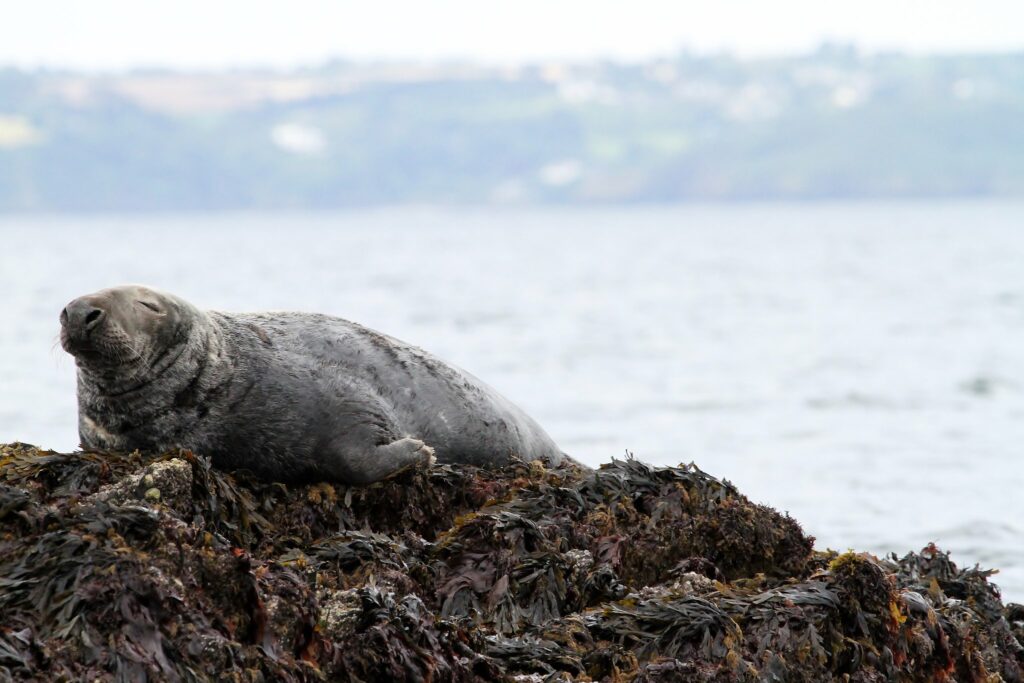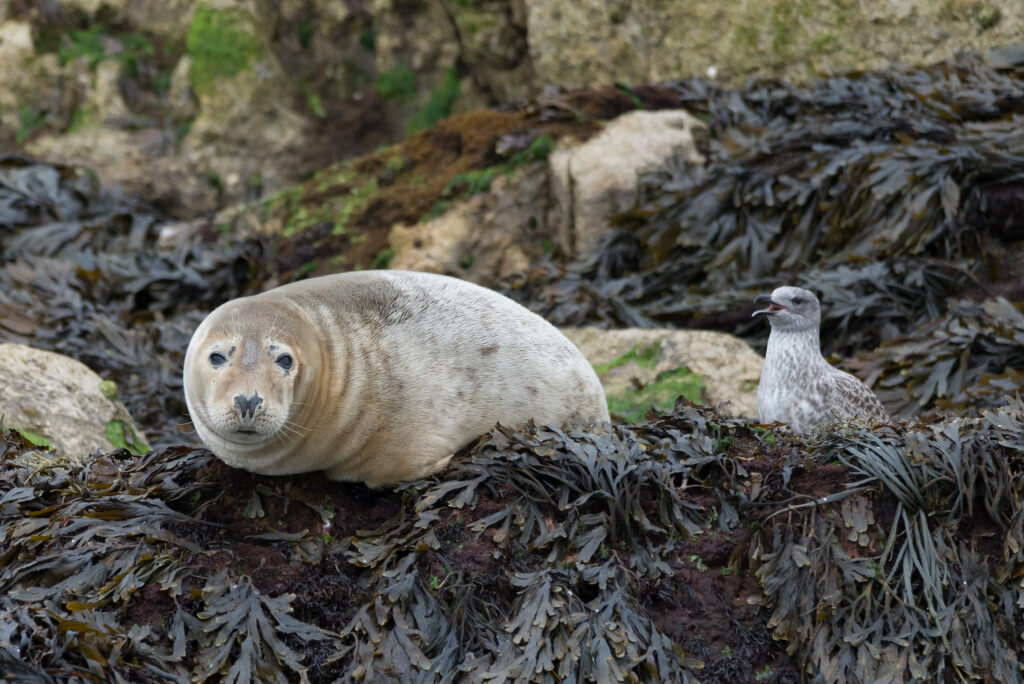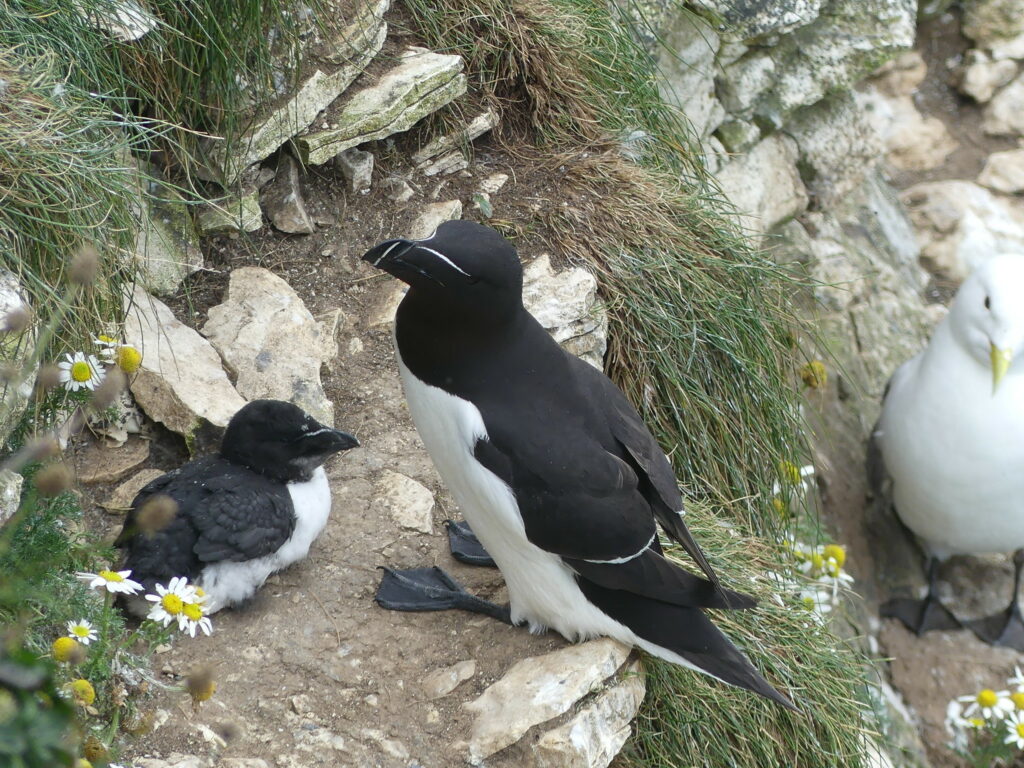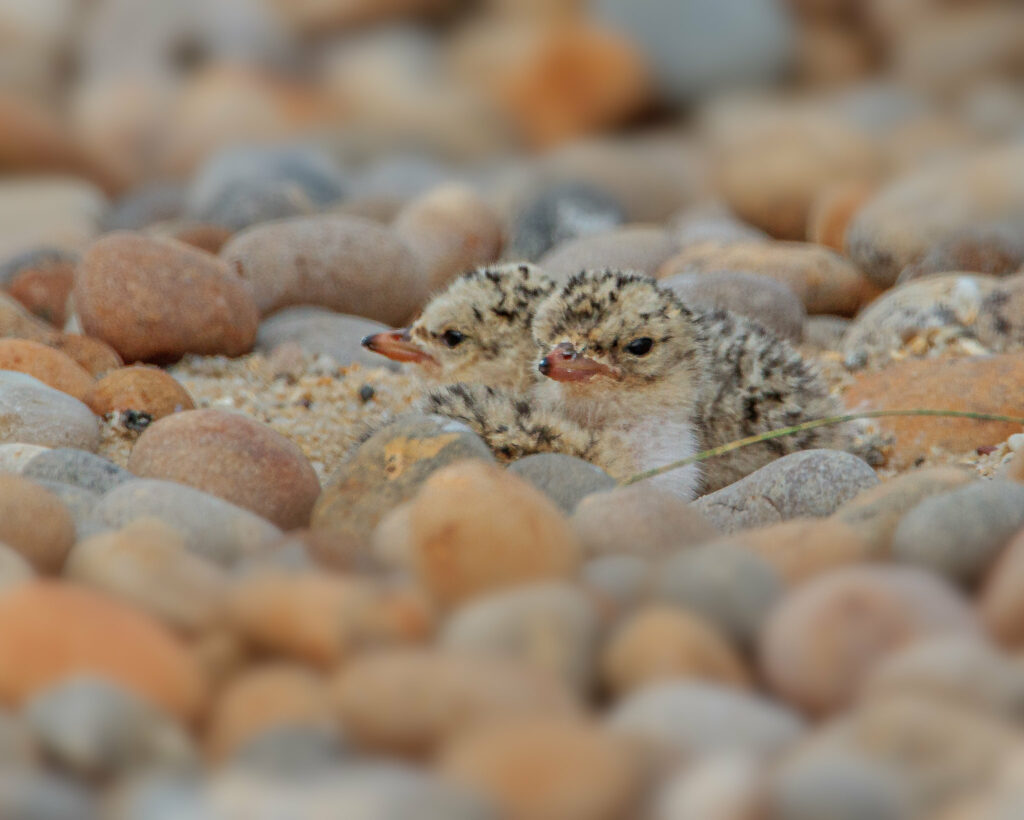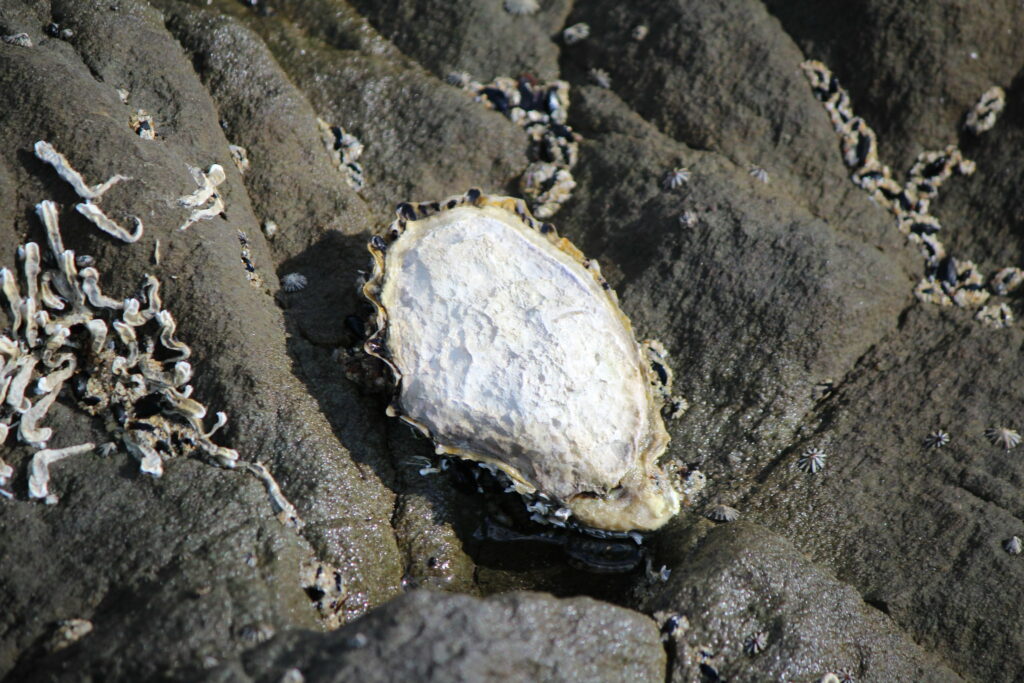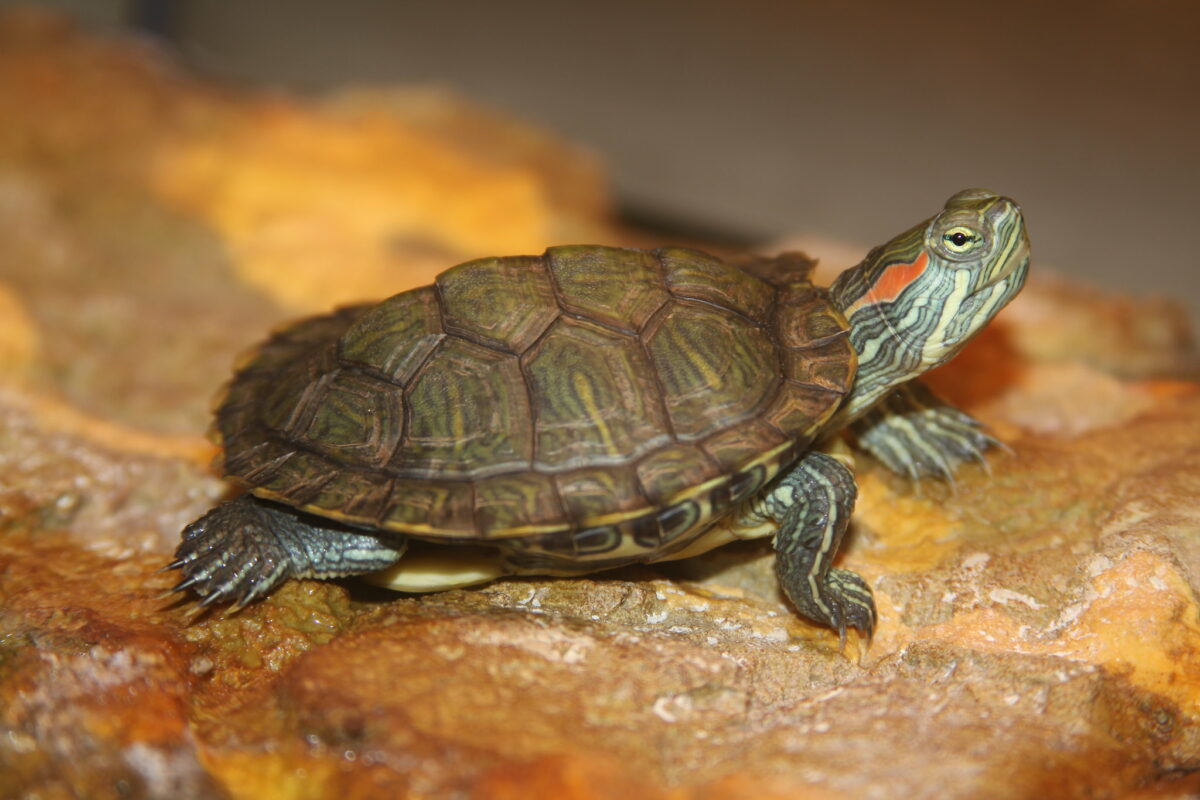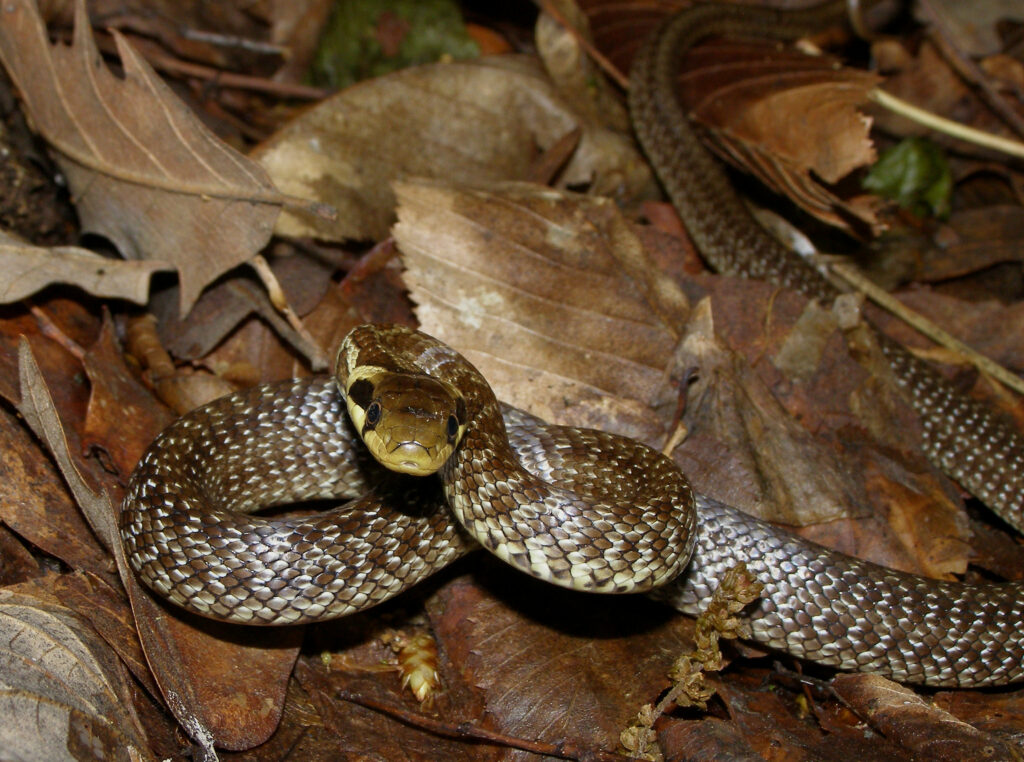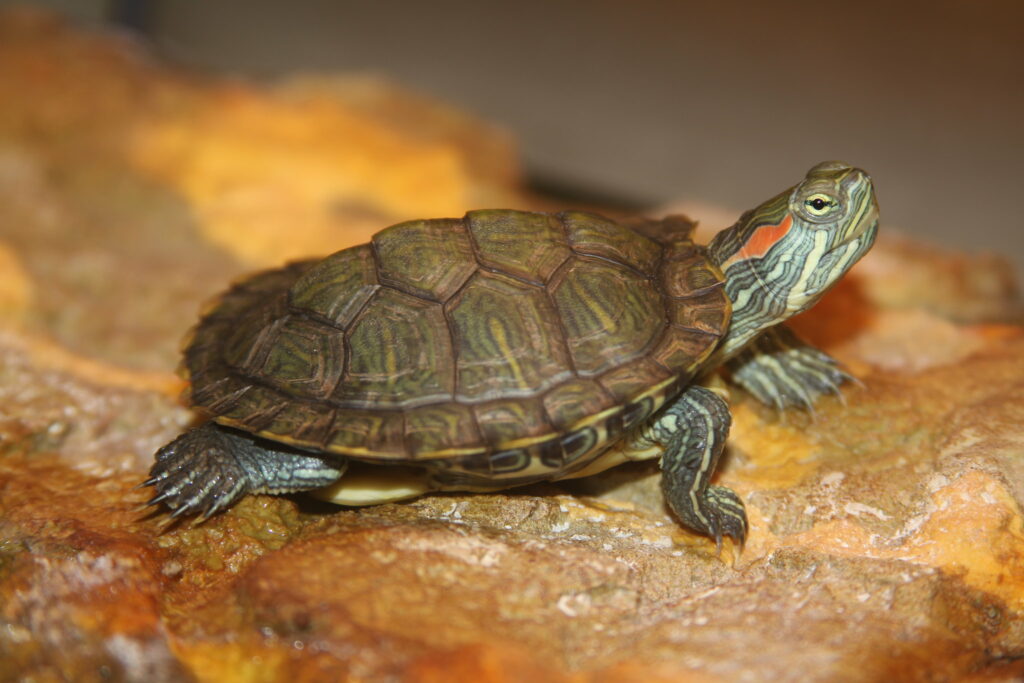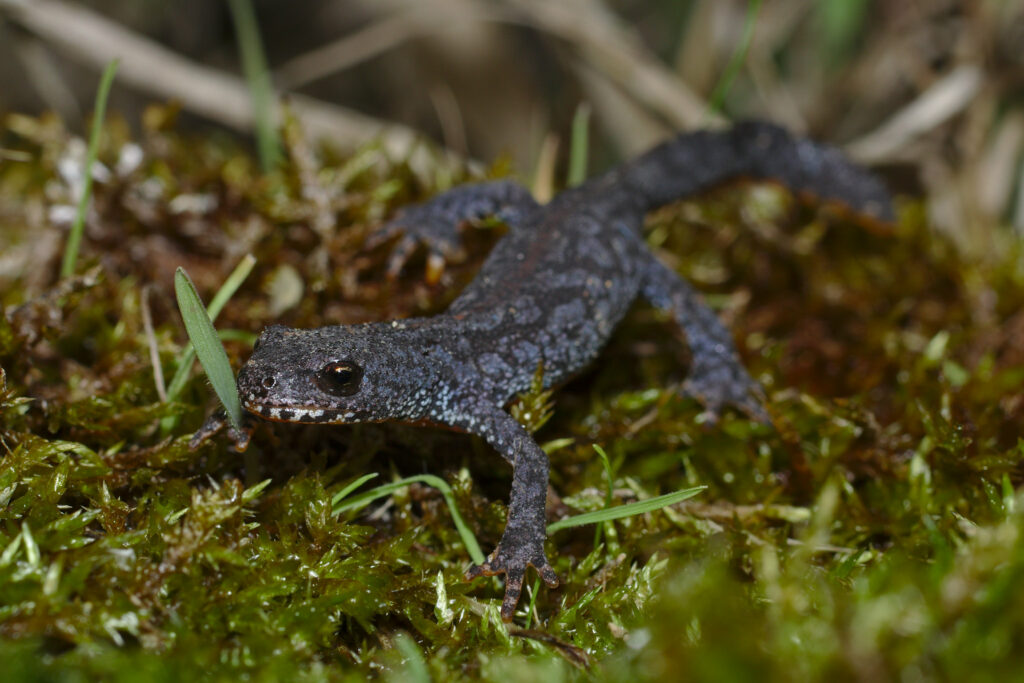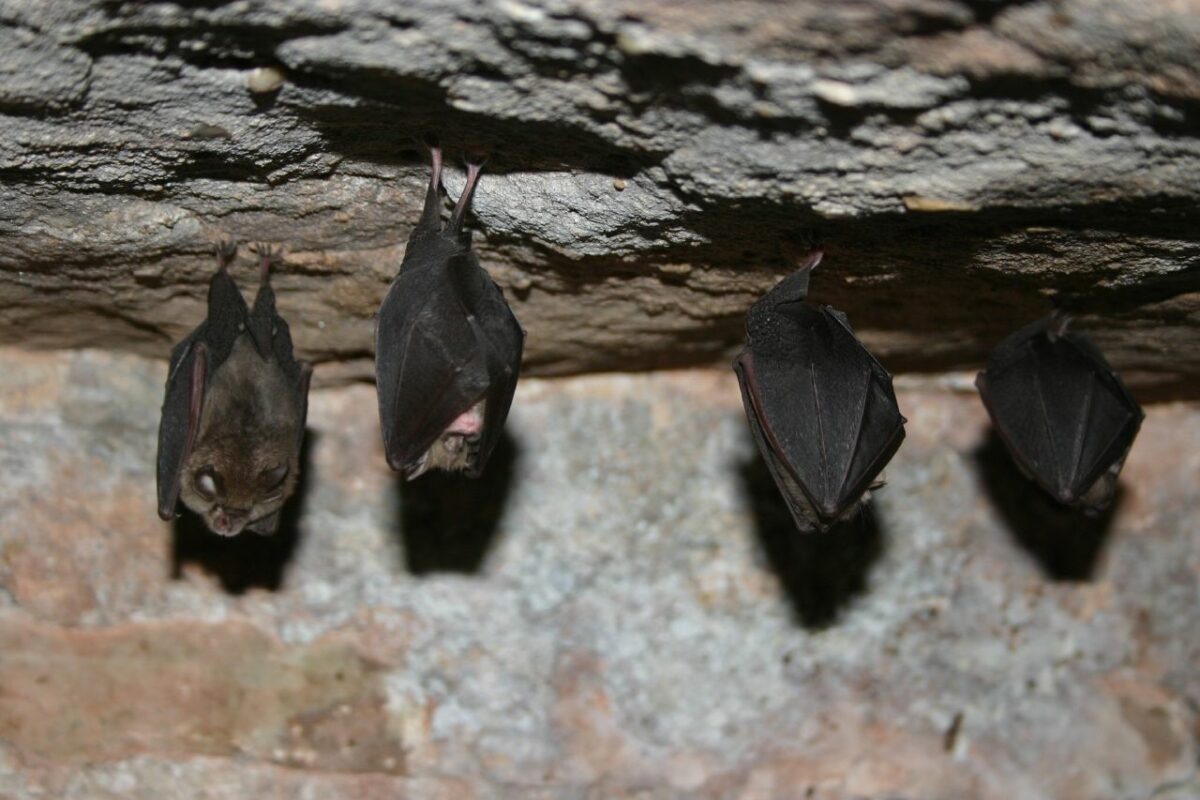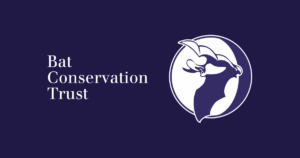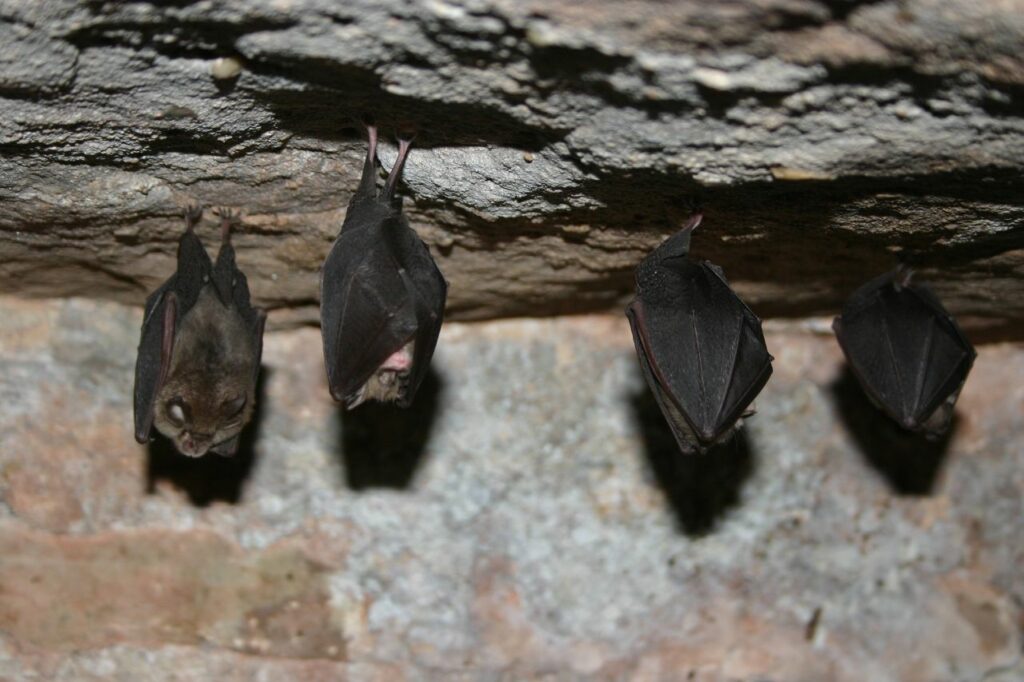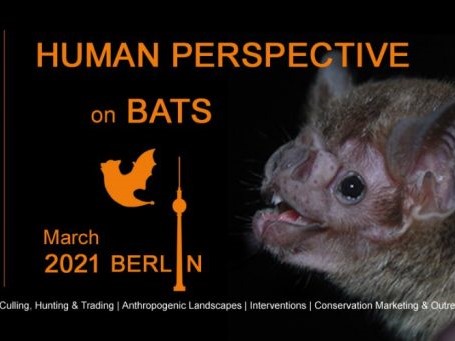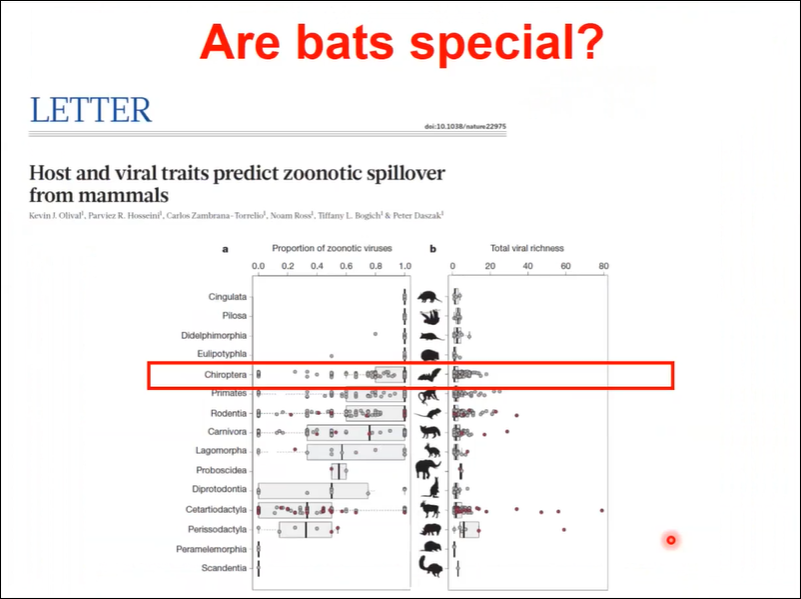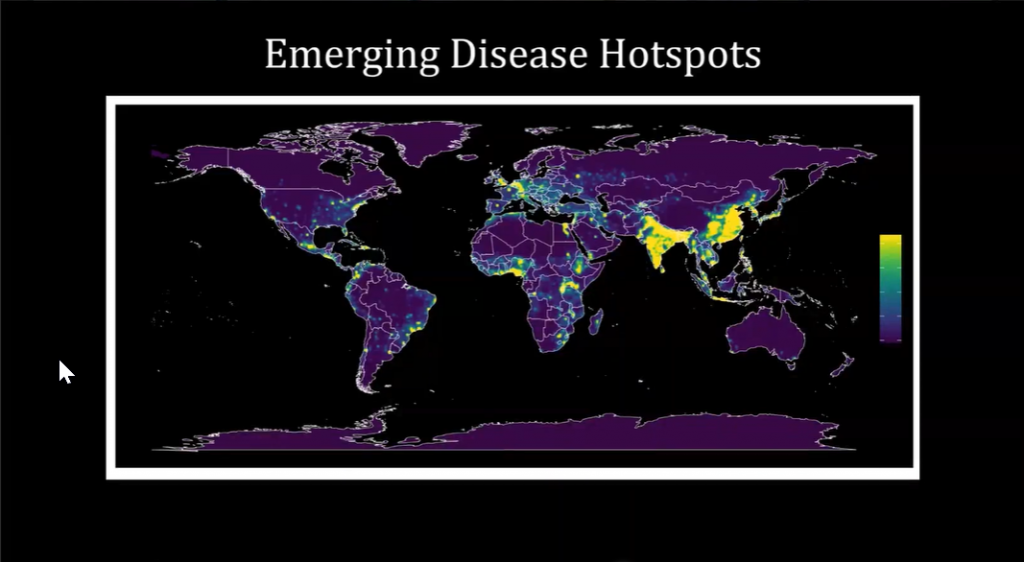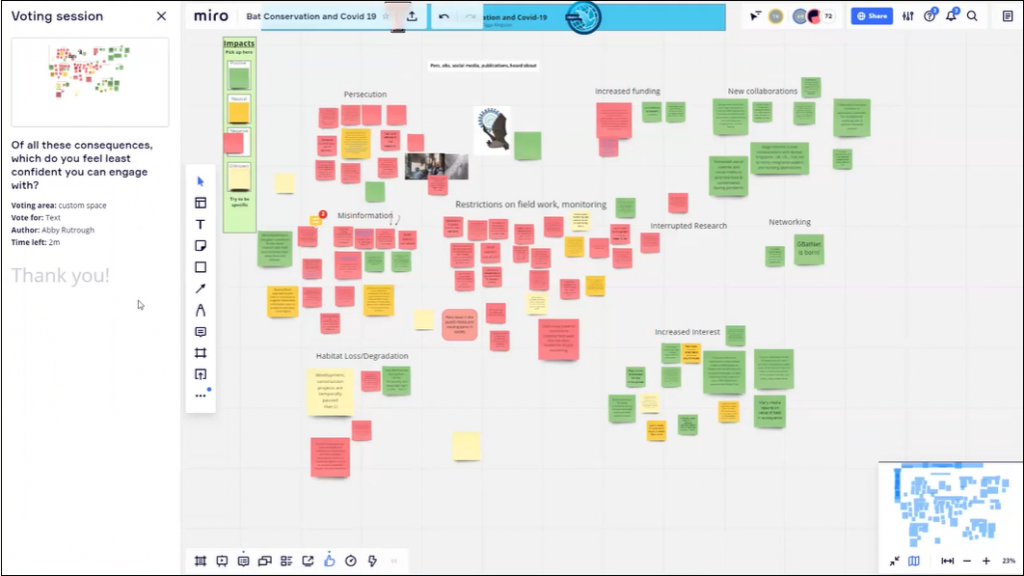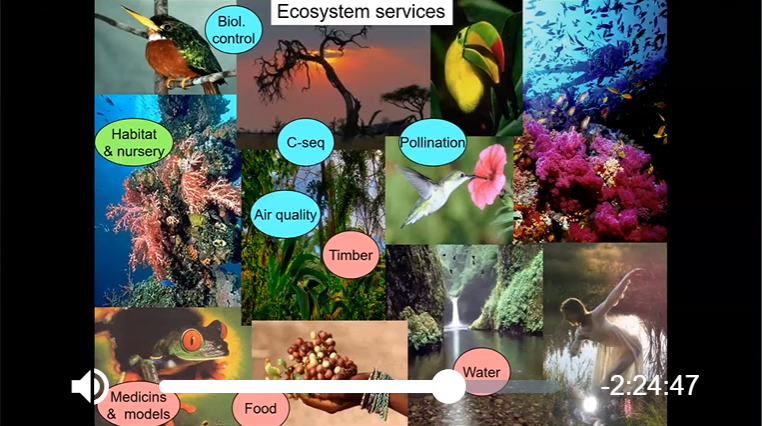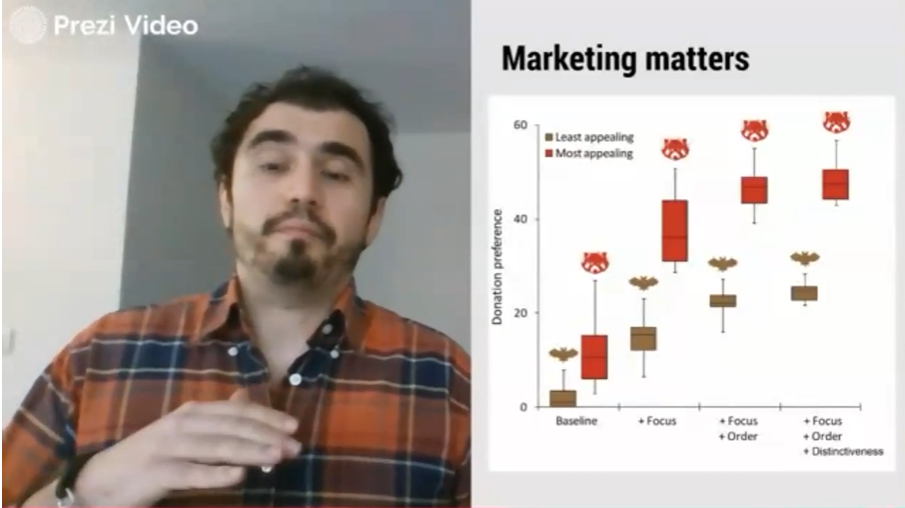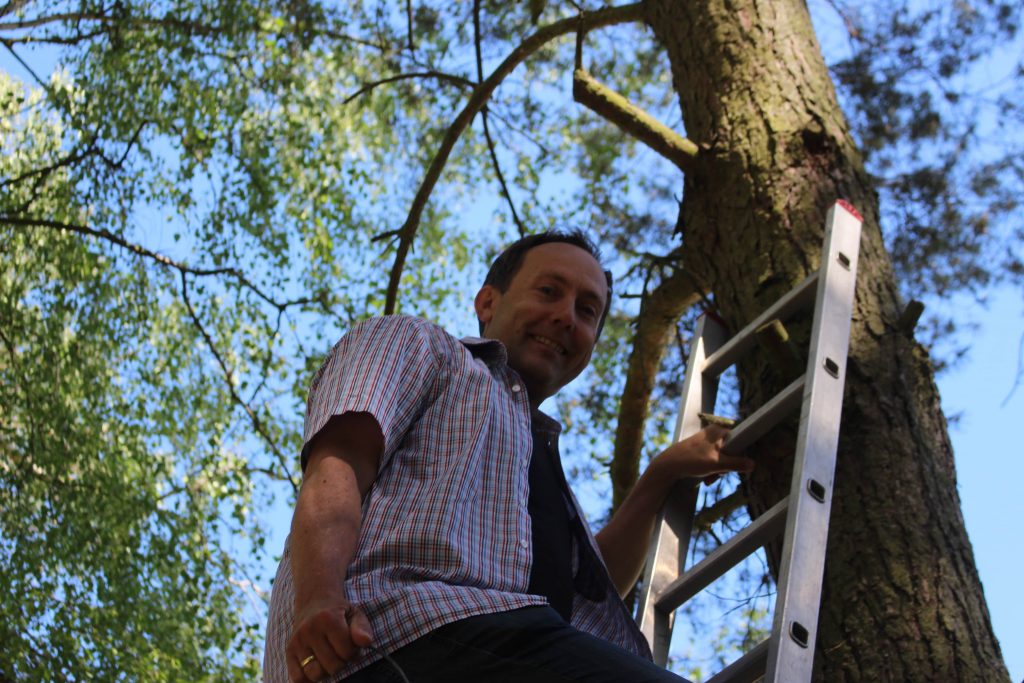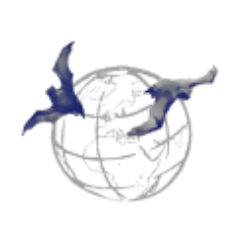NHBS colleague Leon recently attended the general meeting of the European Botanical and Horticultural Libraries Group, or EBHL for short, which this year took place in Paris from May 14th to 17th. This annual conference brought together librarians and archivists from academic libraries and herbaria for several days of talks and behind-the-scenes tours at four outstanding locations in Paris. We have attended previous meetings in Brussels and London, and this continues to be a valuable occasion to meet some of our key customers from across Europe and the USA in person. The overarching theme of this year’s meeting was “Plant Sources;” branching out into three topic areas over three consecutive days.

Day 1
The first day took place just outside the Paris Natural History Museum and its botanical gardens and discussed new tools for botanical and horticultural documentation. This included approaches to preserving the illustrations in the herbarium of Bonpland and Humboldt, how bibliographic metadata reflects historical developments in taxonomy, and an introduction to World Flora Online, a global resource for botanical information. After lunch, delegates were split into several groups and taken around the special collections section of the Central Library, which featured a collection of remarkable historical wax models of fruit and fungi that were used in teaching. We were also amazed to see the museum’s restorators at work in the basement’s book and paper restoration workshop, surrounded by a collection of vintage hand tools and presses. The craft and skill on display here were, frankly, astonishing. The day was completed by a trip around the botany library and its enormous herbarium storing dried plant specimens, including some remarkable collections of original herbaria and exsiccata from Humboldt and other historical collectors.
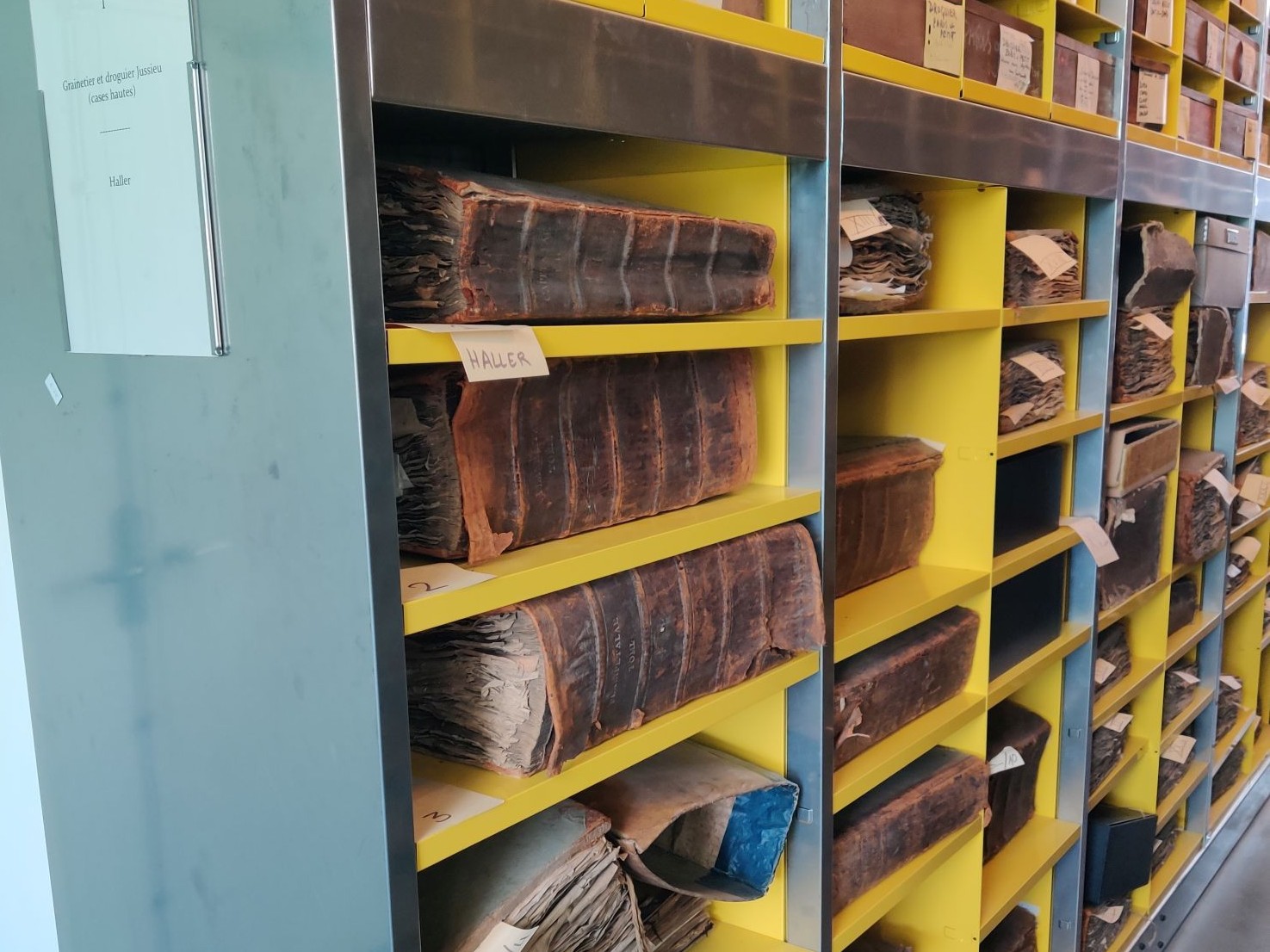
Day 2
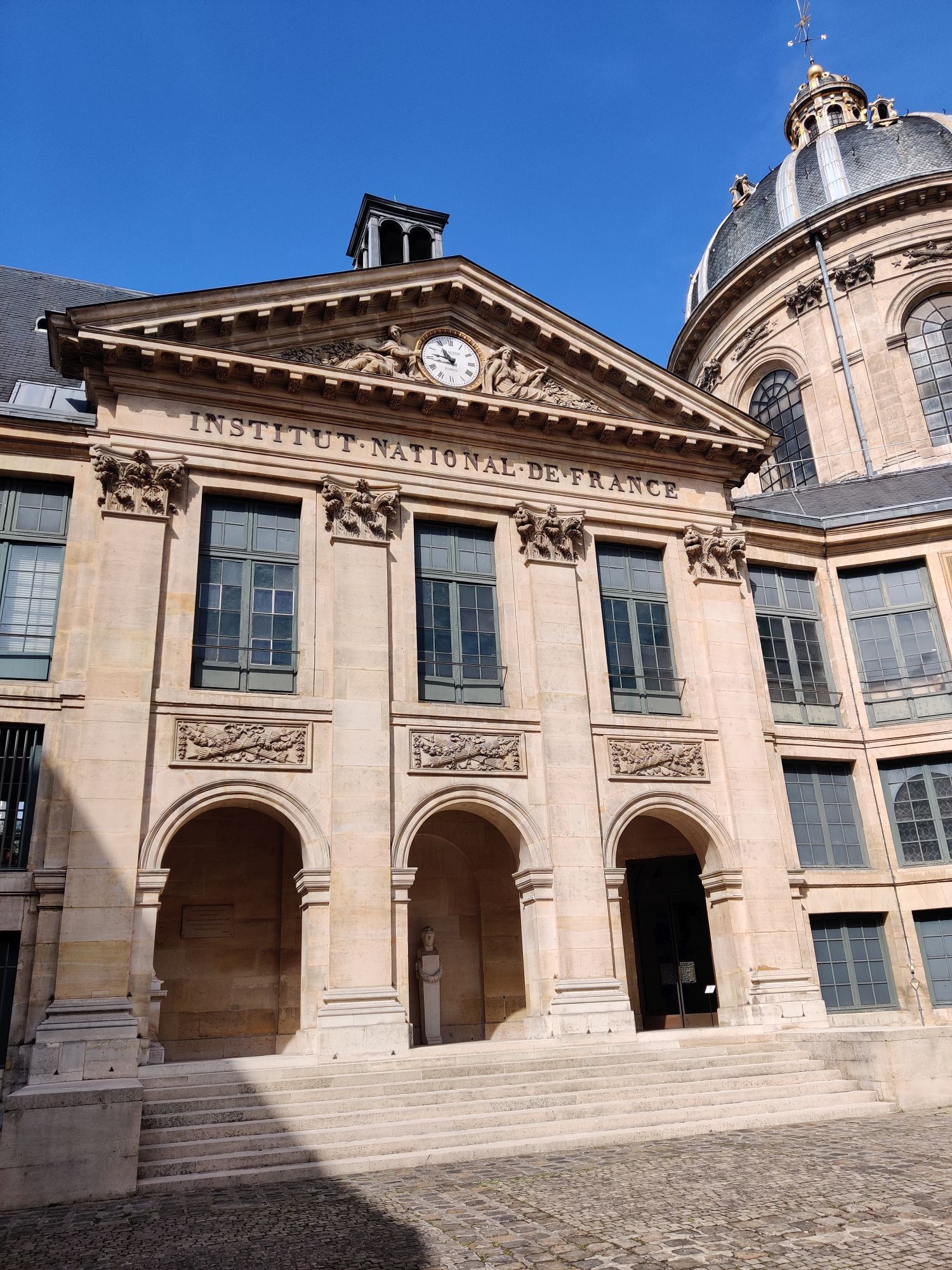
On Wednesday, the conference continued at the Institut de France in the heart of Paris, right next to the Seine, and discussed private herbaria. A series of talks introduced us to some remarkable historical figures, including Benjamin Delessert, the Girardin family, and the tragically short-lived Auguste Pervillé, who died aged 33. Details of their lives and the impact they have had on the history of botany are ongoing areas of research. After a brief tour of the stunning library of the Institut de France, we were expected back at the Natural History Museum for a guided tour of its famed Jardin des Plantes. After this, I had the opportunity for a quick visit to the museum’s comparative zoology and palaeontology galleries, which have been high on my bucket list for Paris. The group reconvened in the evening at a rather unique venue, the moored barge “L’Eau et les Rêves” that doubles up as a floating café and Paris’s only botanical bookstore.
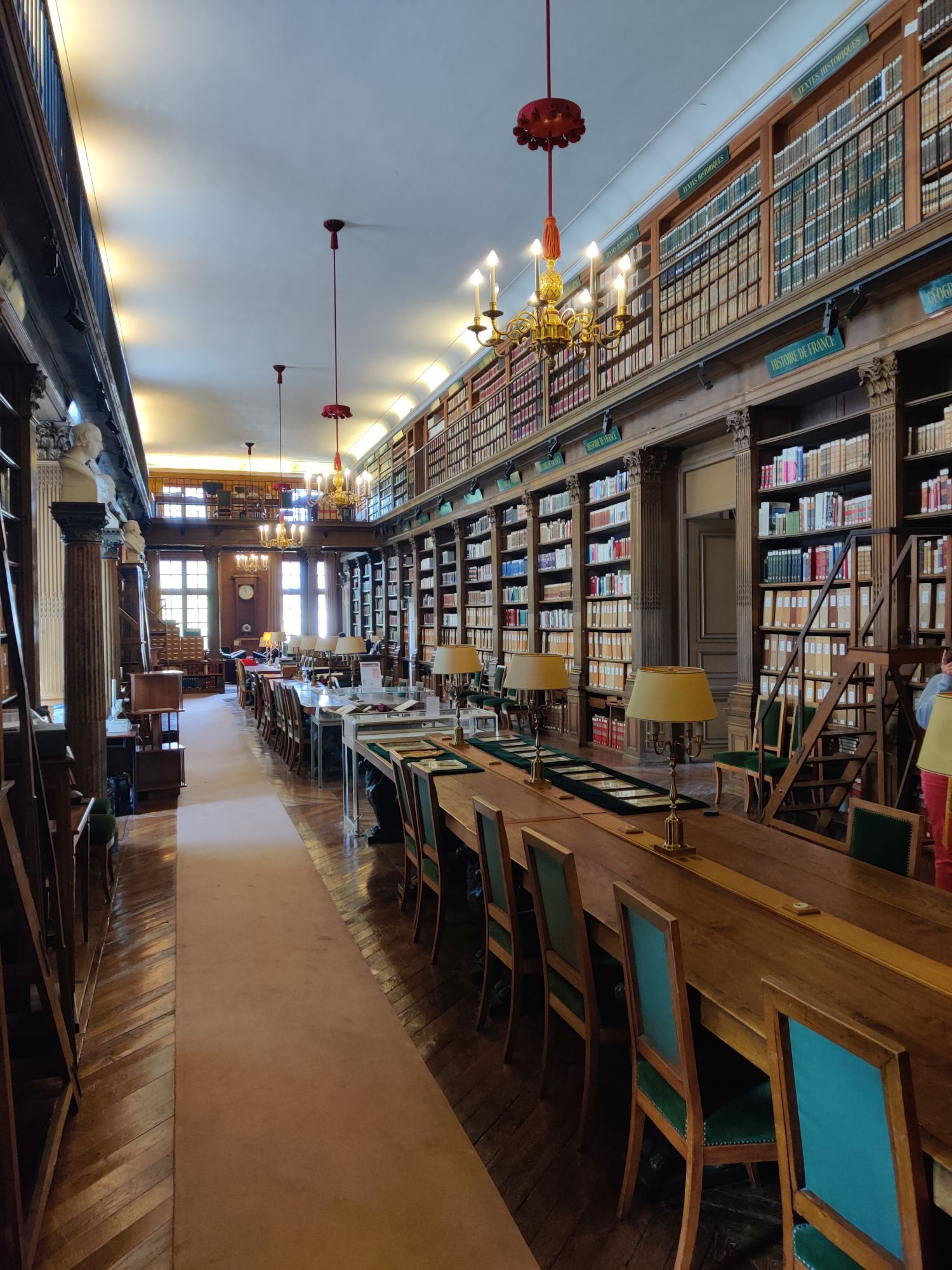
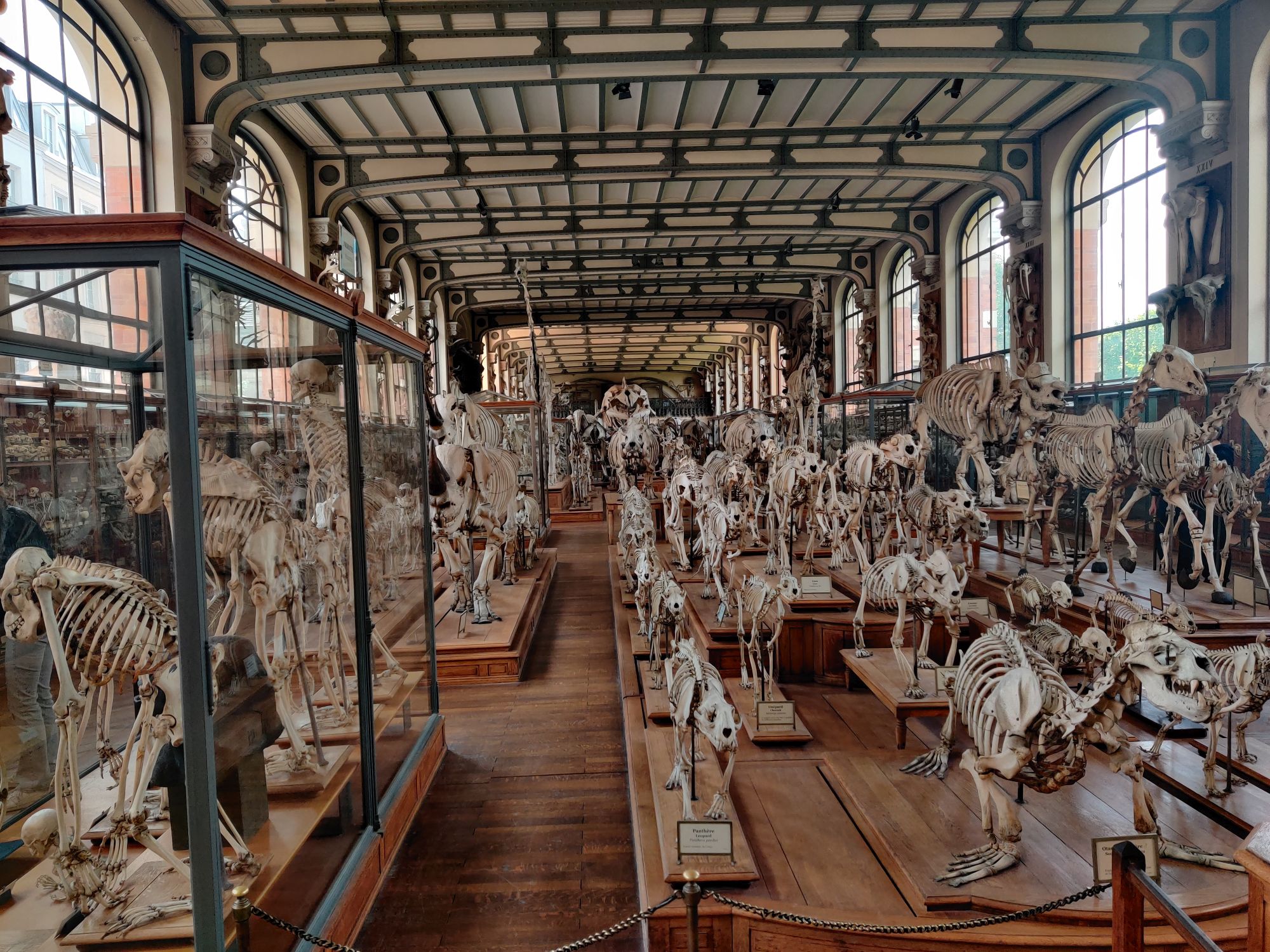
Day 3
Given the meeting’s theme for the third day, “Understanding French Horticulture”, we were originally supposed to convene at the Société Nationale d’Horticulture de France (SNHF) but, due to ongoing building and restoration works, were instead hosted at the Ácademie d’Agriculture. After being greeted by a bust of none other than Louis Pasteur, we listened to presentations from visiting scholars on, amongst others, SNHF’s historical bulletins and what they reveal about how horticulture grew and developed in France, the remarkable early-20th century autochrome and film collection of the Albert Kahn gardens (subject of the book Natures Vivantes), and the botanical iconography that can be found in the Decorative Arts Library. The latter was a visually rich talk on how botany has influenced ornaments used in print and sculpture.

In the afternoon, we were allowed access to several libraries inside the French Senate and taken on a tour of the adjacent gardens, the famed Jardin du Luxembourg. In the evening, we went back to the academy for a remarkable presentation of the book Les Raisins de Redouté, which reproduces historical paintings of grapes and grapevines. After having gone missing for over a century, this collection of 83 paintings on vellum was rediscovered in the academy’s archives in 2018 and reproduced in this handsome, large-format book while the originals, valued at some 6 million euros, have been stored in safer environs.
Day 4
The final day of the EBHL conference entailed a visit to Versailles, specifically to the Potager du Roi, the King’s vegetable garden, and the library of the adjacent École Nationale Supérieure de Paysage. This working garden used to supply food to the courtiers at Versailles at a time when year-round availability of fresh fruit and vegetables was still largely unheard of. The garden is in the process of being restored and has a long and storied history. In the library, the archivists treated us to numerous original maps from their collections that show plans of this and other gardens in Paris.
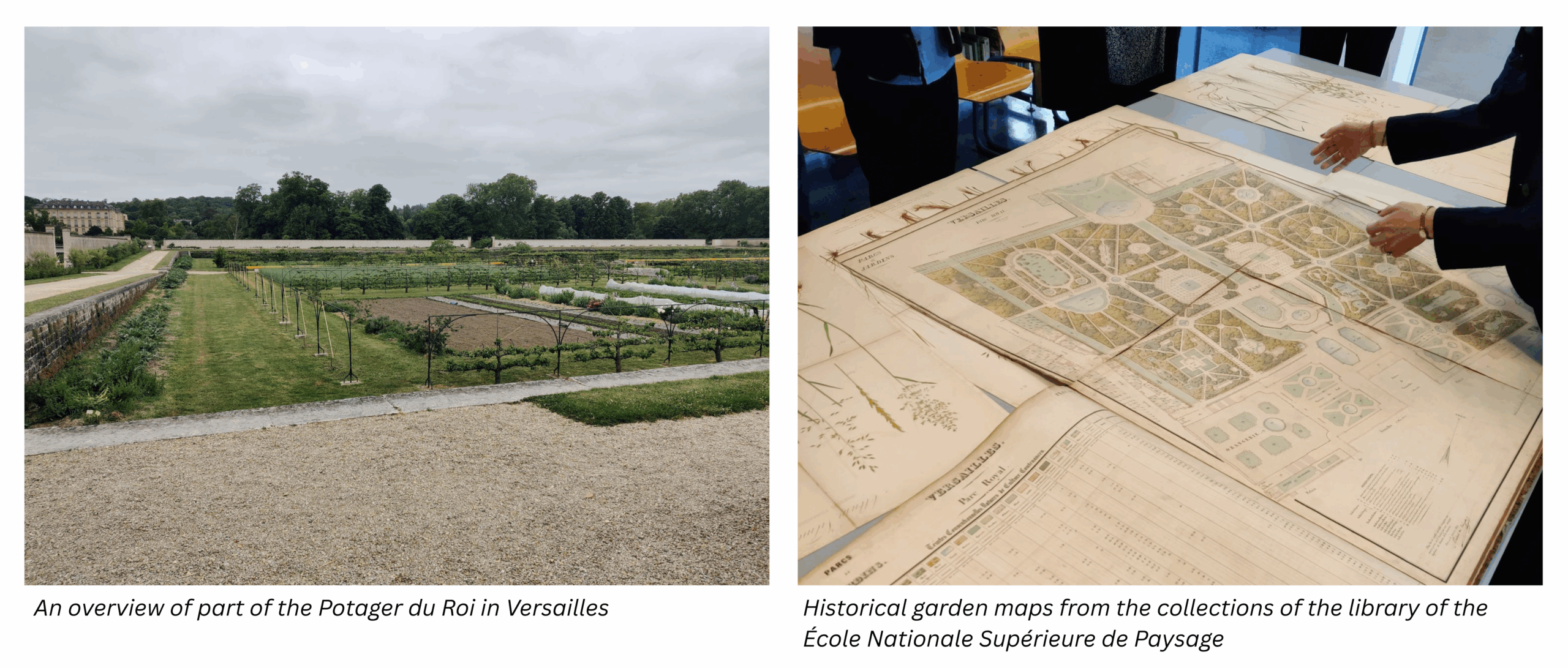
The meeting was a great opportunity to catch up with existing customers and hear what their institutes are up to. We are looking forward to the next meeting and would like to thank the organizers of this year’s conference, in particular Florence Tessier, Sabrina Castandet-Le Bris, Mégane Pulby, and Audrey Lumière.
NHBS welcomes opportunities to develop closer ties with the professional and amateur organisations that we count amongst our customers, whether through attendance or sponsorship. Do not hesitate to reach out to us.


